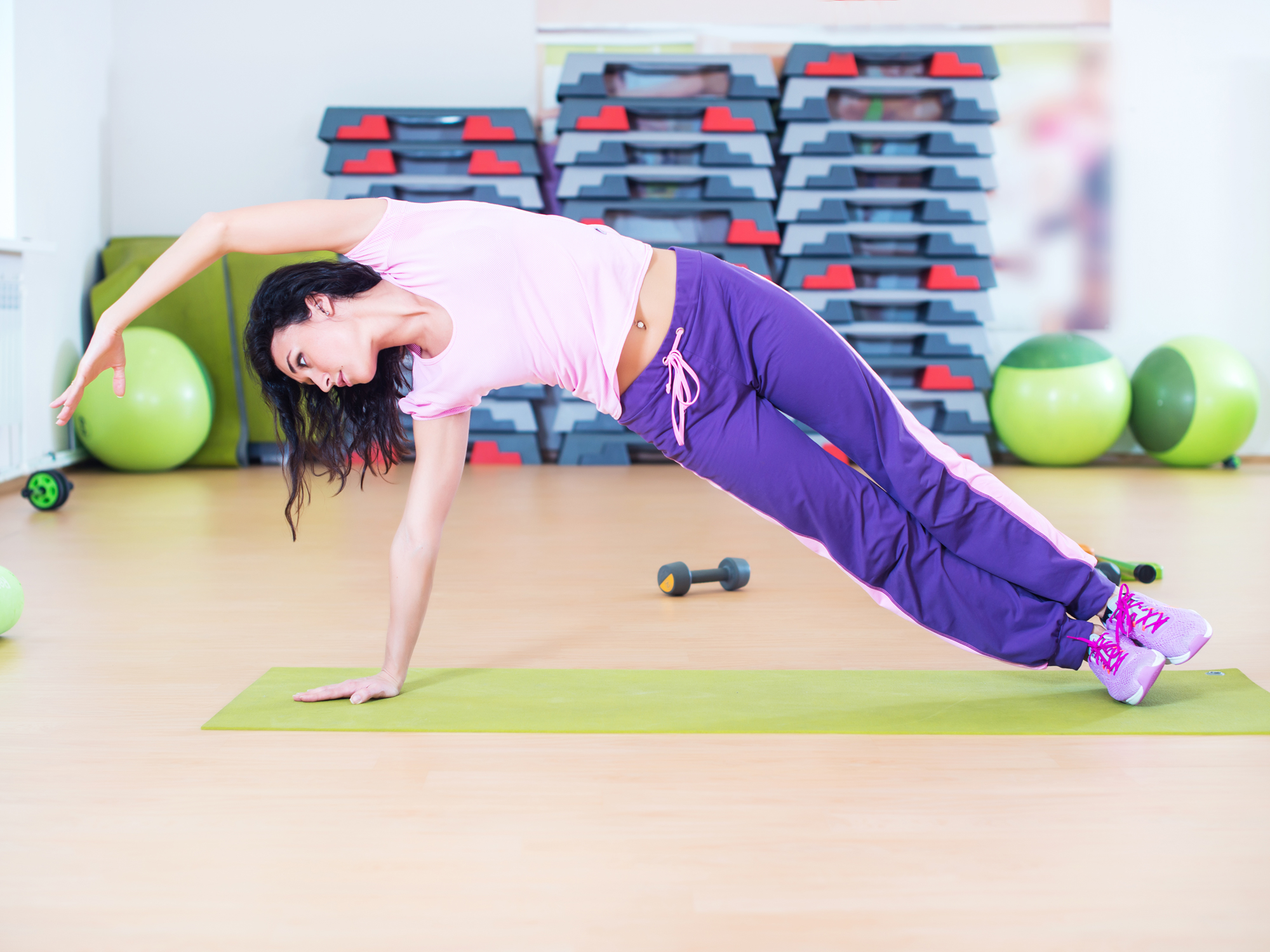Get Easy Health Digest™ in your inbox and don’t miss a thing when you subscribe today. Plus, get the free bonus report, Mother Nature’s Tips, Tricks and Remedies for Cholesterol, Blood Pressure & Blood Sugar as my way of saying welcome to the community!
You, yoga and avoiding shoulder injury

Many people make the mistake of assuming that yoga is all about relaxing and little about fitness. That may be why yoga injuries are on the rise…
The University of Alabama at Birmingham found that over a 13-year study period, 30,000 Americans visited the emergency department for sprains, fractures or other injuries caused by their yoga practice. And that doesn’t count any injuries that weren’t treated in the ER.
Chaturanga, or chaturanga dandasana, is one of the trickier poses to master in even basic yoga classes, even though it “looks” simple enough. It’s also referred to as four-limbed staff pose. Since this pose is a transition pose, and is repeated often in a flowing yoga series, it’s important if you find yourself doing this move that you know what to do and what to avoid.
The starting plank position followed by lowering your body to the floor, to typically come into an upward facing dog, is a good example of why it’s important to get chaturanga right. These movements require significant strength and if done wrong — your shoulders will pay for it.
Watch my video to see what I’m referring to and be mindful of these tips:
- Keep your body strong and in alignment from head to heels as you lower.
- Maintain your head slightly higher than the shoulders which are slightly higher than the elbows.
- Keep your shoulders above or no lower than even with your elbows.
One of the best ways to determine if you’re ready to do chaturanga is your ability to perform push ups without stress to the shoulders. If you’re able to do five perfect push ups on your toes, you’ll be able to accomplish a single lowering phase of the movement during your flowing series.
If you find you’re in a flowing series that moves quickly or in a longer class than you’re used to, use caution as you fatigue. Modify by using the knee version until you regain your strength or adapt to the new challenge.
If you have a pre-existing shoulder injury or know your upper body strength could use improvement, request modifications from the instructor before you begin.












